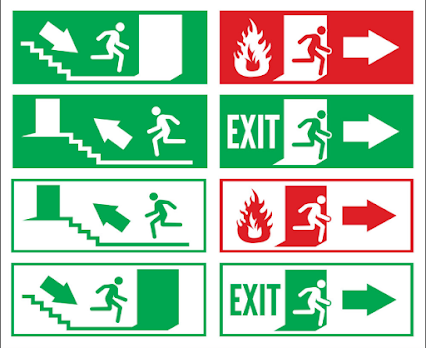How do you react in case of an emergency?
Let us
say you are in a confined space with lots of strangers when something goes
wrong; what will you do?
How do
you find your way out? In such situations, contractors find the need for emergency exit signs. No matter the size of your facility, it’s
essential to have exit signs and emergency lighting. They are a part of a
comprehensive safety system that keeps your employees
safe. Emergency lighting plays an essential role in keeping the
public safe during a power outage.
When a
power outage occurs, occupants may not have the confidence to navigate
buildings safely. Areas like stairwells, internal offices, restrooms, and
storage areas with little or no natural light making it difficult to navigate
the surroundings without functional emergency lighting. This is where emergency
lighting can help you.
Reasons
to install emergency Ecoglo exit signs.
Easy
way out
Contractors
must install exit signs equipped with emergency lighting making
it difficult for the public to find a safe way out. Exit signs clearly show
where exits are located in emergencies like fire, gas leak, or other dangerous
situations.
The mandatory part of building safety
According
to legislation, contractors must install exit signs in their facility. Their
role is to act as an indicator providing a safe way out in dangerous
situations. While installing the exit signs, contractors have to ensure they
comply with national, regional, and provincial code standards.
First
responder assistance
Install EcogloExit Signs to assist first responders in finding out the way
during a fire or in any other dire situations. Illuminated signs ensure
everyone gets out of the buildings safely and quickly. Similar to the fire
extinguishers, emergency exit lighting must be inspected and recertified on an
annual basis.


Comments
Post a Comment